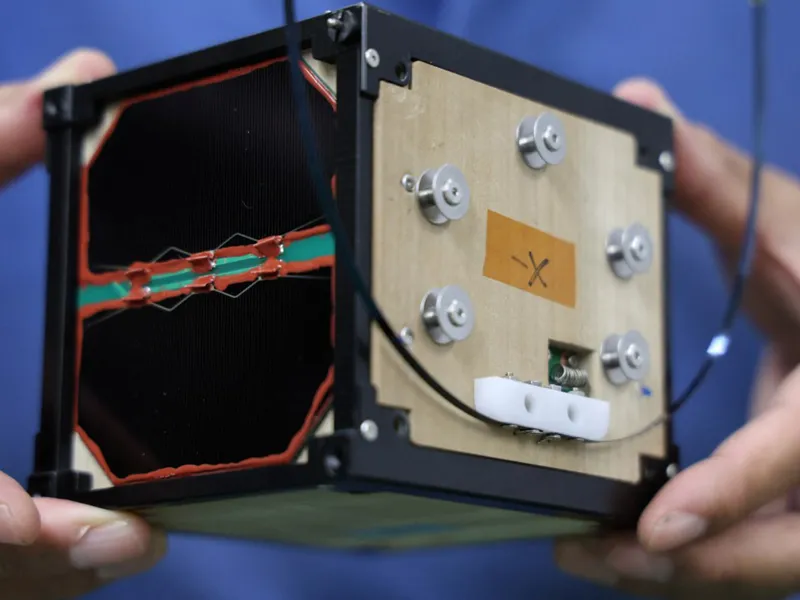The Times (November 6) has reported in its ‘Reasons to be cheerful’ section that world’s first wooden satellite has been launched into space. Made of magnolia wood and the size of a coffee mug, it was developed to show that wooden technology can reduce space junk and the erosion of the ozone layer.
The box was created by a team at Kyoto University in Japan led by Prof. Takao Doi, with commercial partner Sumitomo Forestry. Takao Doi was a Japanese astronaut before joining the university.
The wood used, known locally as Hoh, is Magnolia obovata. It is used traditionally for carving especially to create blocks for printing.
The tiny wooden satellite, called LignoSat, is heading in a SpaceX rocket to the International Space Station where it will be launched into orbit 4000km above the Earth.
This is not the first time wood has headed into space. Before the satellite was built, wood samples were exposed to space for nine months on the ISS. As there is no oxygen in space, wood can’t burn or degrade and is resistant to high temperatures and zero gravity.
Although the small box-like satellite is made of wood, it is housed in a thin aluminium frame and contains metal communication equipment. It has however been made using traditional Japanese carpentry techniques and without screws or glue.





